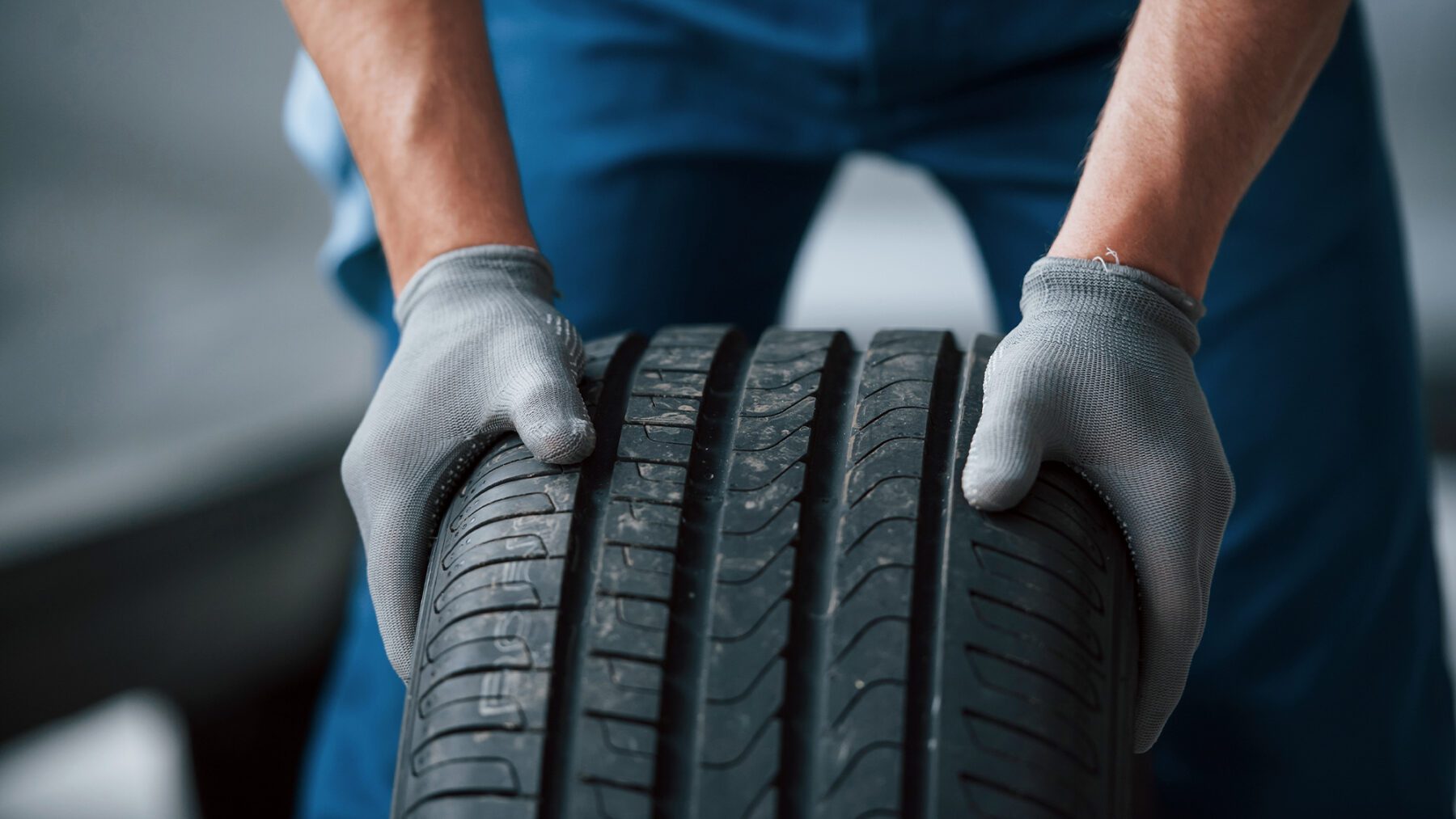Checking Winter Tire Tread Depth for Better Road Safety


Driving in winter comes with its fair share of challenges. Snowy roads, icy patches, and freezing temperatures all demand extra caution. One critical aspect that often goes overlooked is checking winter tire tread depth. Neglecting this can compromise safety and handling.
Your vehicle’s tires are the only point of contact with the road. Proper tread depth isn’t only for grip; it’s essential for control, braking efficiency, and overall cold-weather car maintenance. Let’s explore why this matters and how it can save you from dangerous situations.
How Can I Tell If My Winter Tire Tread Is Too Low?
- Use the penny test by inserting a coin into the tread grooves. If you can see Lincoln’s entire head, it’s time for new tires.
- Check the tread wear indicators, small bars within the grooves. If they are flush with the tread, replacement is necessary.
- Invest in a tread depth gauge for precise measurements. Winter tires should have at least 6/32 inches of tread depth.
Why Is Checking Winter Tire Tread Depth Important?
- Adequate tread allows tires to expel water, reducing the risk of hydroplaning.
- Deep tread enhances braking efficiency, crucial for icy roads.
- Tread patterns designed for winter improve traction on snow and ice.
Best Practices for Maintaining Winter Tire Performance
- Rotate Your Tires Regularly: Rotating tires every 5,000–8,000 miles promotes even tread wear, ensuring consistent performance.
- Check Tire Pressure Weekly: Cold temperatures cause air to contract, lowering tire pressure. Keep your tires inflated to the manufacturer’s recommended levels for stability and control.
- Clean Tires After Driving: Road salt and debris can accumulate on your tires, leading to corrosion. A quick rinse after driving keeps them in good shape.
- Store Tires Properly: If you use seasonal tires, store them in a cool, dry place during off-seasons. Proper storage prevents cracking and extends their lifespan.
Choosing the Right Replacement Tires for Winter Driving
- Tire Type and Design: Winter tires are specifically designed with softer rubber compounds and deeper tread patterns to provide better traction in cold conditions. Look for tires labeled with the Three-Peak Mountain Snowflake (3PMSF) symbol, indicating they meet strict winter performance standards.
- Tread Pattern: Tires with wide grooves and small slits (sipes) improve grip by channeling snow and slush away from the contact patch. This feature reduces the risk of hydroplaning and enhances braking performance.
- Compatibility with Your Vehicle: Ensure the tires you choose are compatible with your car’s make and model. Check the size and load capacity specifications in your owner’s manual for guidance.
- Studded vs. Non-Studded Tires: Studded tires provide superior traction on icy roads, but they may be restricted in some areas. Non-studded tires offer excellent grip for most winter conditions and are more versatile.
Be Prepared for Anything with a Winter Emergency Kit
Even with well-maintained tires, winter conditions can be unpredictable. Keeping an emergency kit in your vehicle ensures you’re ready for unexpected situations. Essential items to include:
Sand, kitty litter, or traction mats can help you regain grip if your tires get stuck in snow or ice.
Being prepared can make all the difference during winter emergencies. Combine these preparations with regular tire maintenance to ensure a safe driving experience.
FAQs About Winter Tire Maintenance
- How Often Should I Check My Winter Tire Tread Depth?
- What Are the Signs of Uneven Tread Wear?
- What Is the Minimum Tread Depth for Winter Tires?
The minimum safe tread depth for winter tires is 6/32 inches. Anything less reduces traction and can compromise safety on snowy or icy roads.
These questions highlight how consistent monitoring of tread depth and condition supports overall winter driving safety. Let’s move toward wrapping up with actionable tips.
Checking Winter Tire Tread Depth for Safer Roads
Your vehicle’s performance during winter relies heavily on its tires. Checking winter tire tread depth ensures that you and your passengers stay safe, even in harsh weather conditions. Maintaining proper tread depth, combined with regular maintenance, can make all the difference.
HEART Auto Care is here to help with your winter car maintenance needs. Contact us today to schedule a tire inspection or any auto repair services.










